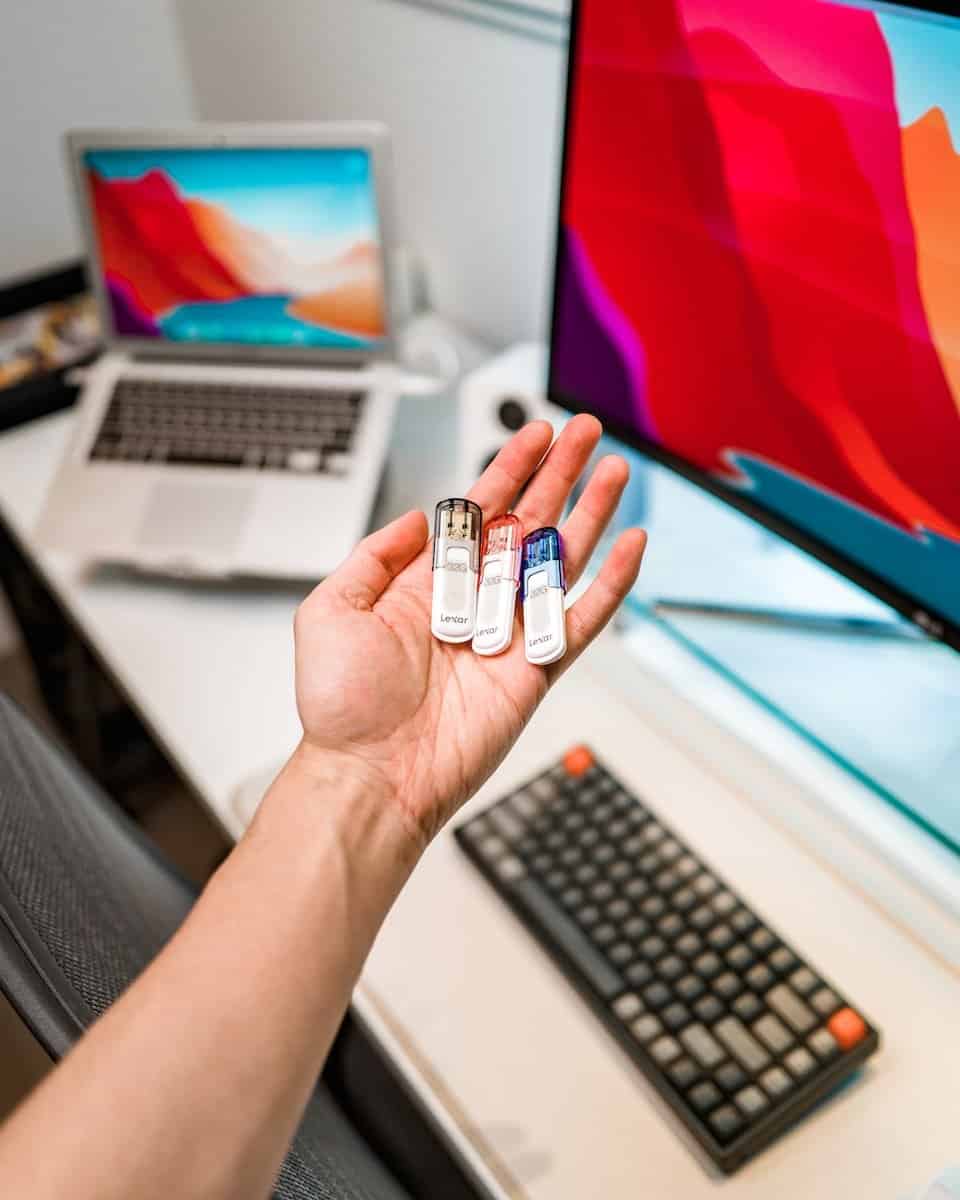Flash drives are an essential thing in our everyday data-dependent life for many people. They are small, portable, and easy to use, making them a great way to store important data.
However, flash drives can also be prone to data loss due to various reasons, such as accidental deletion, corruption, or physical damage. In this article, we will cover some tips and tricks to do flash drive data recovery yourself.

Methods for Flash Drive Data Recovery
Losing important data from a flash drive can be a frustrating and stressful experience. The thought of not being able to access your important files and documents can be overwhelming.
However, the good news is that in most cases, the data can be recovered. The following are some methods for flash drive data recovery, and how to prevent data loss in the future.
Recovering Data from an Unresponsive Flash Drive

The first step in recovering data from an unresponsive flash drive is to determine the cause of the problem. In many cases, the issue is caused by a software problem and can be fixed with a simple reformatting.
However, if the flash drive is physically damaged, it may need to be sent to a professional for recovery.
Steps for Flash Drive Data Recovery from software issues:
- Connect the flash drive to your computer and open the Disk Management tool.
- Locate the flash drive in the list of drives and check for any errors or issues.
- If there are errors, try to repair them by clicking on the “Check now” button.
- If the errors cannot be repaired, you can try to reformat the flash drive. However, be aware that reformatting will erase all data on the flash drive.
Recovering Deleted Files from a Flash Drive
Accidentally deleting files from a flash drive can be a common problem. However, there is still a the chance that the deleted files can be recovered.
- Connect the flash drive to your computer and open the Recycle Bin. Check to see if the deleted files are still present in the Recycle Bin. If they are, you can simply restore them.
- If the files are not in the Recycle Bin, you can try using file recovery software. There are many free and paid options available such as Recuva, and EaseUS Data Recovery Wizard.
- Follow the instructions provided by the software to scan the flash drive and recover the deleted files
Step-by-Step Guide to Flash Drive Data Recovery
Flash drives are a convenient and easy way to store important data. However, they can also be prone to data loss due to various reasons, such as accidental deletion, corruption, or physical damage. The following involves the step-by-step guide for flash drive data recovery.
Identify the Problem
The first step in recovering data from a flash drive is to identify the problem. Is the flash drive not being recognized by your computer? Are files missing or deleted? Is the flash drive physically damaged? Understanding the problem will help determine the best course of action for recovery.
Check the Recycle Bin
If files have been accidentally deleted from the flash drive, they may still be present in the Recycle Bin. Connect the flash drive to your computer and open the Recycle Bin to check if the deleted files are still there. If they are, you can simply restore them.
Use File Recovery Software
If the files are not in the Recycle Bin, you can try using file recovery software. There are many free and paid options available for flash drive data recovery. Follow the instructions provided by the software to scan the flash drive and recover the deleted files.
List of Software for Flash Drive Data Recovery:
- SalvageData Total Recovery
- Undelete 360 Recovery
- TestDisk
- Wondershare Recoverit Flash Drive Data Recovery
- EaseUS Flash Drive Data Recovery Wizard
- Disk Drill Flash Drive Data Recovery
- Recuva Flash Drive Data Recovery Software
- Data Rescue PC
Repair or Reformat the Flash Drive
If the problem is caused by a software issue, you can try repairing or reformatting the flash drive. Connect the flash drive to your computer and open the Disk Management tool. Locate the flash drive in the list of drives and check for any errors or issues.
If there are errors, try to repair them by clicking on the “Check now” button. If the errors cannot be repaired, you can try to reformat the flash drive. However, be aware that reformatting will erase all data on the flash drive.
Check the Flash Drive with the Professional
If the flash drive is physically damaged, the flash drive recovery can be done with the help of a professional or a flash drive data recovery expert. Look for a reputable data recovery service and check the flash drive with them for further analysis. Be aware that this can be a costly option and the success rate of recovery may vary.
Prevention Data Loss in the Future
Recovering data from a flash drive can be a challenging task, but it is not impossible. Here are some tips to help prevent data loss on your flash drive:
- Regularly back up your data. This will ensure that you have a copy of your important files and documents in case of data loss.
- Use a flash drive with a larger capacity. This will give you more space to store your files and reduce the risk of running out of space.
- Be careful when deleting files. Make sure that you are deleting the correct files before hitting the delete button.
- Avoid using your flash drive in extreme temperatures or conditions. Exposure to heat or moisture can damage the flash drive and cause data loss.
In conclusion, recovering data from a flash drive can be done by following the steps outlined in this guide. By identifying the problem, checking the recycle bin, using file recovery software, repairing or reformatting the flash drive, and in case of physical damage, sending the flash drive to a professional.
Remember that prevention is key, and regularly backing up your data can help prevent data loss in
the future.
Also Read – How to retrieve deleted WhatsApp messages?













